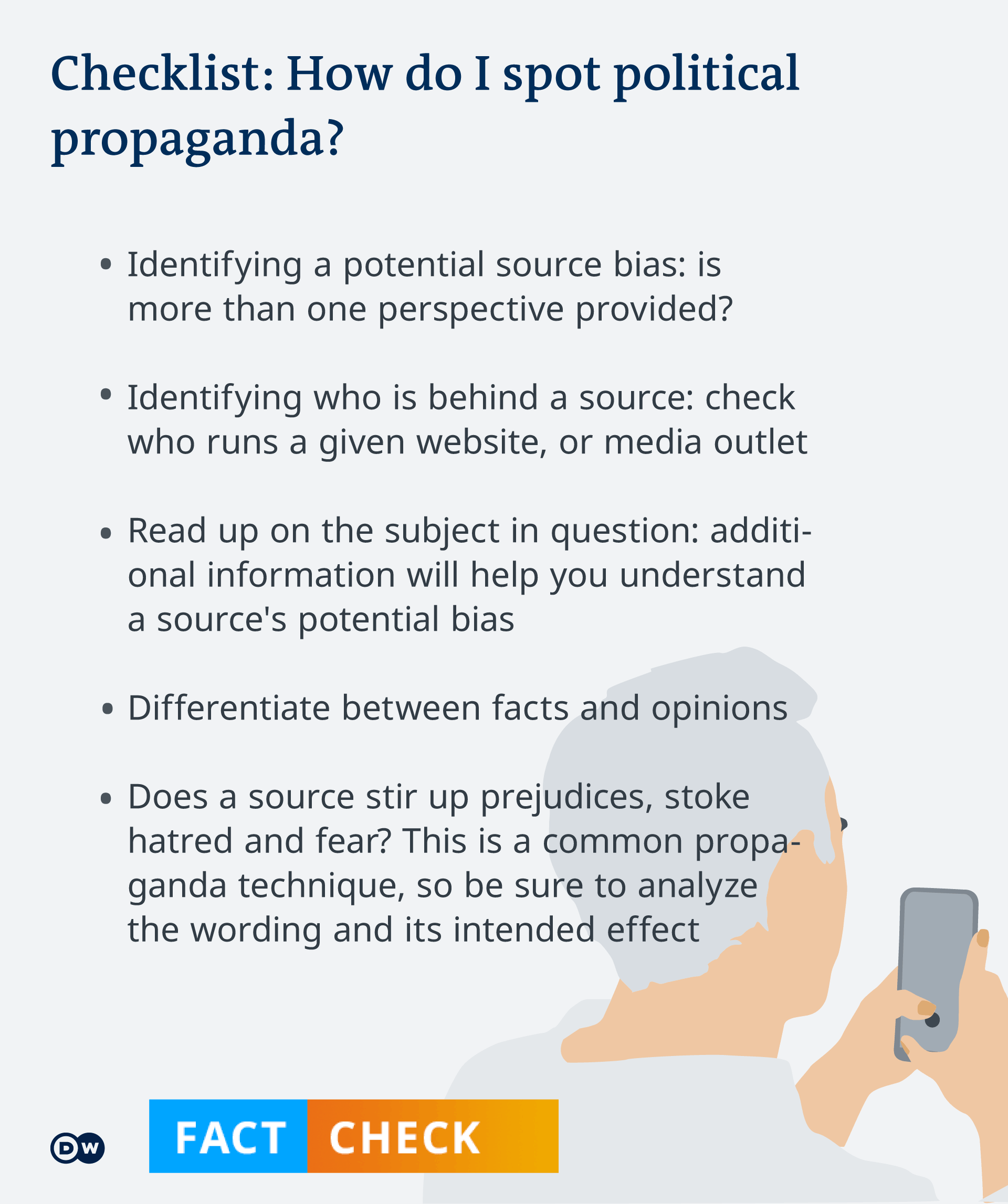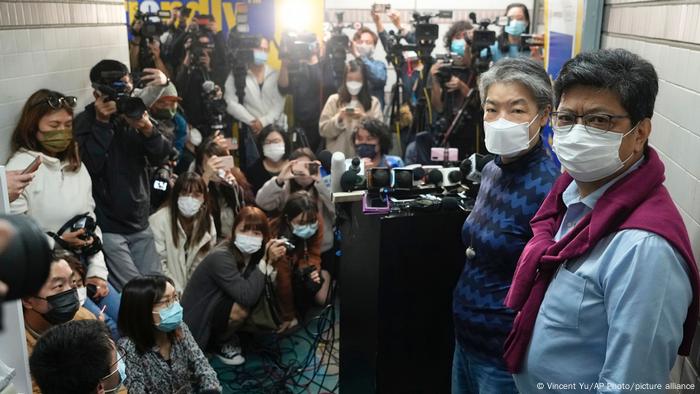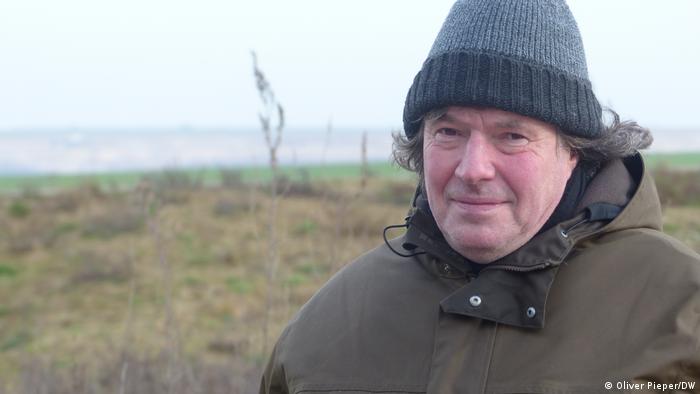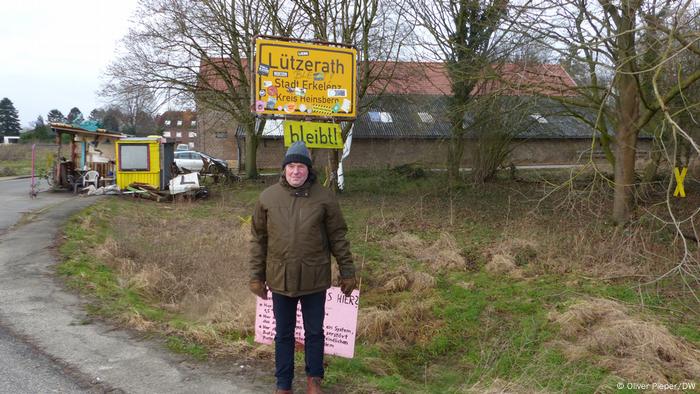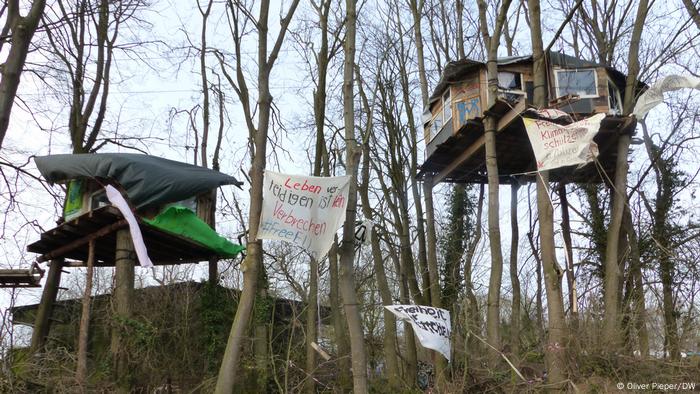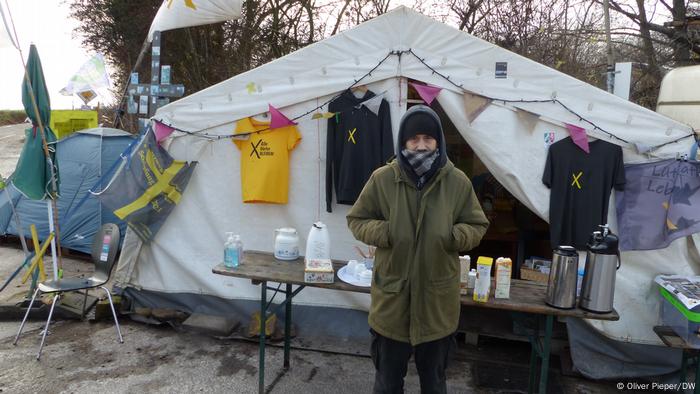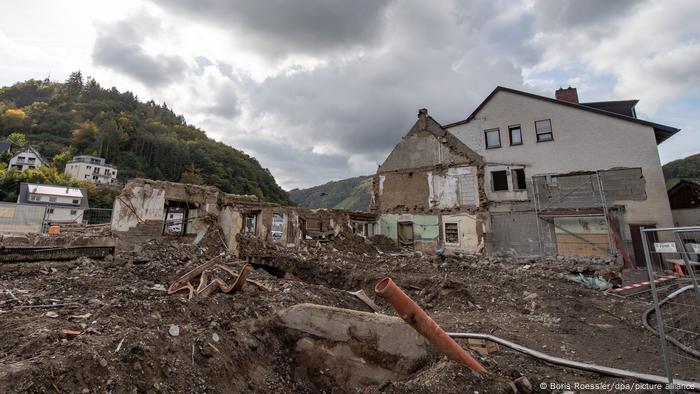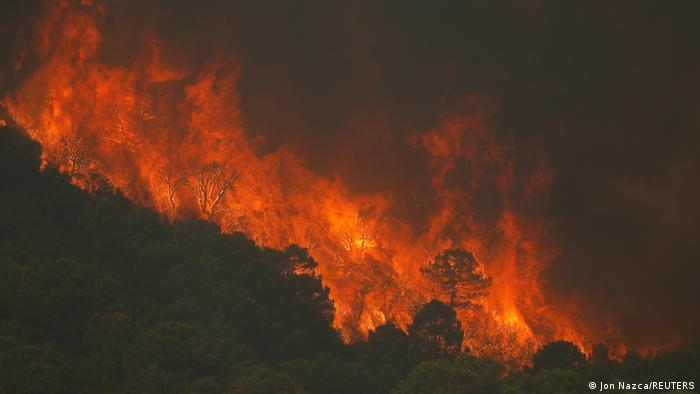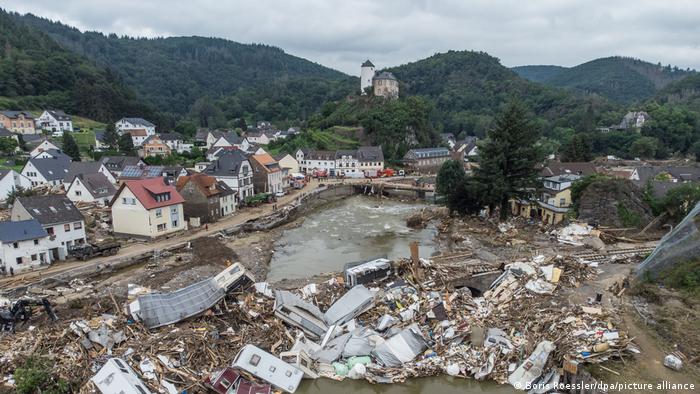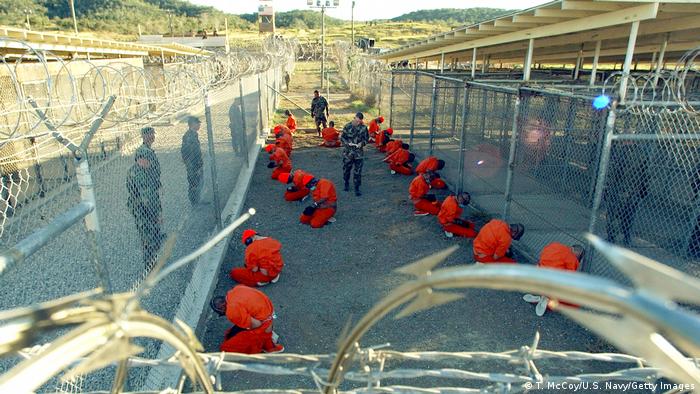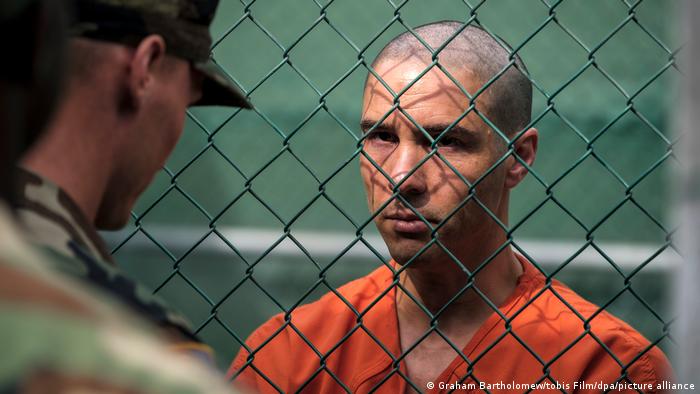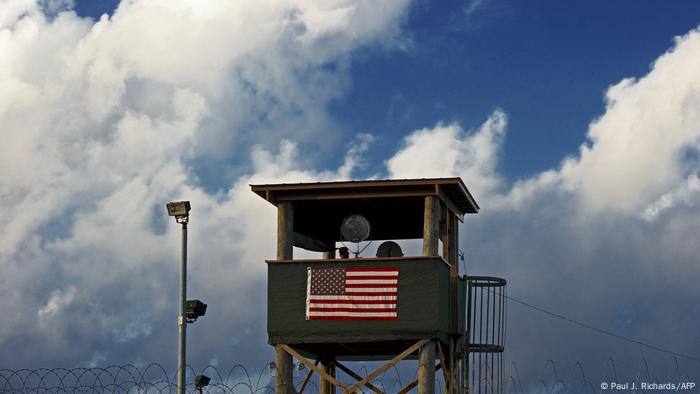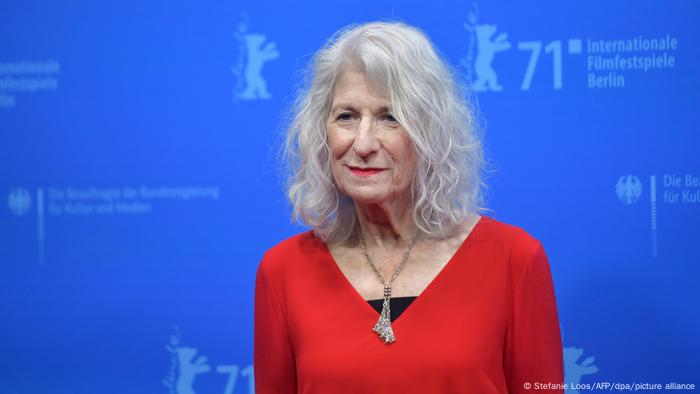Fact check: How do I spot state-sponsored propaganda?
Across the world, politicians use propaganda to manipulate the thoughts and actions of others. It's a strategy deployed by democracies and dictatorships alike. How, then, can I detect state-sponsored propaganda?

Propaganda and PR are closely related
In 2021, journalist Maria Ressa was awarded the Nobel Peace Prize for her efforts in combating propaganda and lies disseminated by the Philippine state. The latest machinations of the Philippine government make clear that state-sponsored propaganda remains a persistent problem throughout the world today. Recall, for instance, how the United States government misled the public over its reasons for invading Iraq in 2003.
While state-sponsored propaganda is certainly no new phenomenon, it has evolved over time. In Nazi Germany, state propaganda was deployed to instill a specific ideology in the public. Today, state propaganda is often more subtle, and shared over social media.
Consider this example: Meta — formerly known as Facebook — said it recently dismantled an elaborate disinformation campaign run by Nicaraguan authorities. For the past three years, it said, a variety of websites and social media accounts had been celebrating Nicaraguan President Daniel Ortega and discrediting the country's opposition.
Or this case: In September, YouTube blocked two German-language channels operated by Russian state broadcaster RT (formerly Russia Today) for spreading misinformation about the coronavirus. RT is regarded by many as the Russian government's propaganda outlet. Indeed, a recent study by two researchers from the University of Oxford found that RT's overriding agenda consists of framing Western media organizations as purveyors of falsehoods.

RT is accused by many of peddling a pro-Kremlin narrative
But what, exactly, constitutes propaganda? And how can we detect it? DW spoke with four experts to provide answers to these and other questions.
Defining propaganda
Politicians use propaganda to manipulate the thoughts, feelings and actions of others. Talking to DW, Piers Robinson, a political scientist with the Organisation for Propaganda Studies, said propaganda can persuade someone to act or behave in a particular way. He cites the example of how US politicians worked to get the US public to support the 2003 invasion of Iraq.
"In that case, famously, they exaggerated intelligence about weapons of mass destruction to make Iraq appear a bigger threat than it really was," said Robinson. No weapons of mass destruction were ever found in the country. Images presented by the CIA purporting to prove their existence constituted deliberate misinformation deployed for propaganda purposes.
Florian Zollmann, a senior lecturer in journalism at Newcastle University's School of Arts and Cultures, used the Iraq war example to illustrate how disinformation and fake news are elements of propaganda. He said that often, false claims and propaganda are not easy to discern.
Indeed, a study by the European Parliament has found that propaganda can pose a serious threat to the rule of law, democracy and civil rights.
Robinson and Zollmann also stressed that public relations campaigns are similar to propaganda. "Ultimately, they too are propaganda techniques," said Zollmann. Propaganda, he said, is not always bad. We should, however, recognize that public relations campaigns can be just as manipulative.
What is the purpose of political propaganda?
Political propaganda is designed to cast politicians and governments in a positive light, said Pavel Koshkin, a senior research fellow at the Institute for US and Canadian Studies of the Russian Academy of Sciences. In Russia, Koshkin said, state-sponsored propaganda is utilized to create a "democratic image of Russia."
Other times, political propaganda will aim to vilify other countries, cultures or values. A Media Development Foundation study was, for instance, able to document anti-Western messages disseminated in Georgian media.
Propaganda is not only deployed by countries like Russia, China and North Korea, said propaganda expert Robinson; it is present all over the world. "I think the problem we face in democracies is that we have a lot of propaganda, but we're not aware of it."
Zollmann concurred. "Propaganda is also present in Germany and the US," he pointed out. It is deployed by both authoritarian as well as democratic states, according to Zollmann. Freely accessing alternative media outlets and information, however, is far more straightforward in democracies, he said.
What role do media outlets play in spreading political propaganda?
Media organizations can spread and amplify propaganda messages, Christian Mihr of Reporters Without Borders (RSF) told DW. Russian state-funded broadcaster RT, for instance, is often accused of serving as a Kremlin mouthpiece. Its coverage largely reflects the Russian government's official position. Polish Public Television (PVP) is similarly accused of deploying propaganda techniques to glorify the PiS-party led government.
Media outlets may actively spread propaganda, or do so unknowingly and by mistake. Ideally, they also act as watchdogs to sniff out and debunk propaganda, said Robinson. Indeed, media researchers say this is one of most important tasks expected of journalists. RSF's Mihr said journalists are in an ideal position to help contextualize political propaganda by asking lawmakers tough questions and interviewing independent experts.
How to detect political propaganda?
Although political propaganda is often subtle, there are nevertheless ways of identifying it. Here is a checklist to help you spot propaganda:
